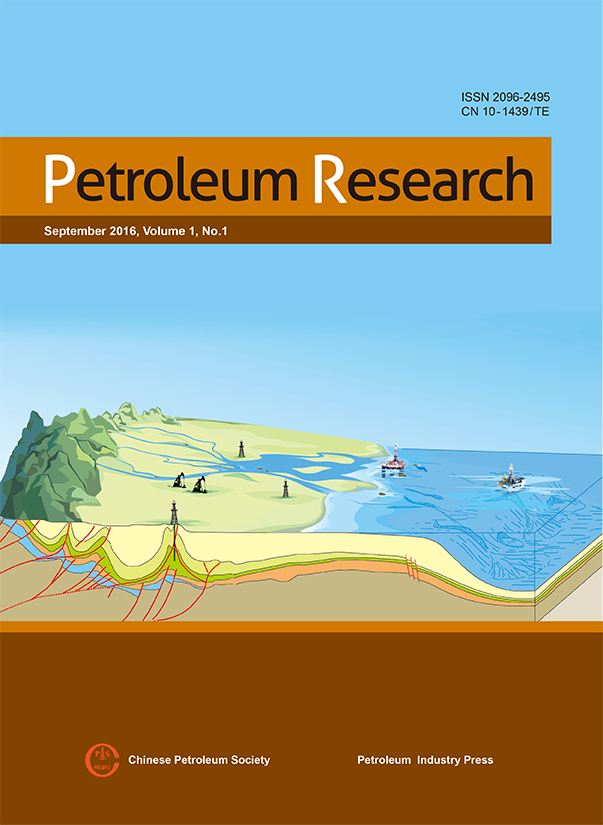Hydrocarbon accumulation in the deep waters of South China Sea controlled by the tectonic cycles of marginal sea basins
Gongcheng Zhang1*, Hongjun Qu2 , Shixiang Liu1 , Xiaojun Xie1 , Zhao Zhao1 and Huailei Shen1
1CNOOC Research Institute, Beijing 100028,China
2 Department of Geology, Northwest University, Xi’an 710069, China Received February 4, 2016; Accepted September 1, 2016
The tectonic cycle of the marginal sea basins in South China Sea (SCS) includes two cycles, i.e., the formation and contraction of Palaeo-SCS and Neo-SCS. The northern part of SCS is a rift basin on a passive continental margin, while the the Nansha Block is a drifting rift basin. The southern part is a compound compressional basin on an active continental margin; the western part is a shear-extensional basin on a transform continental margin; the eastern part is an accretionary wedge basin on a subduction continental margin. The deep-water basins are mainly distributed on the continental slope and the the Nansha Block. There are three sets of source rocks in the deep-water areas of the northern continental margin in SCS, i.e., Eocene terrestrial facies, early Oligocene transitional facies and late Oligocene marine facies. A set of Late Cretaceous-Early Oligocene terrestrial marine facies source rocks are developed in the drift-rift basin of SCS. Three sets of Oligocene, early Miocene and Mid-Miocene marine-terrestrial transitional facies source rocks are developed in the deep-water areas of both the southern and western continental margins of SCS. Four sets of reservoirs developed in the northern deep waters of SCS are dominated by deep sea fans. Two sets of reservoirs developed in the the Nansha Block are dominated by delta and biogenic reef. The southern part of SCS is dominated by deep sea fan and biogenic reef. Reservoirs of large channels and other clastic facies were developed in front of the estuaries, while biogenic reef bank was formed in the uplift zone. The hydrocarbon accumulation assemblages are mainly presented as Oligocene-Pliocene in the deep waters on the northern continental margin of SCS, EoceneLower Oligocene in the the Nansha Block, Oligocene-Pliocene and Oligocene-Miocene in the deep waters on the southern and western continental margin of SCS, respectively. The major hydrocarbon reservoir types in the deep waters of SCS are related to structural traps, deep water fans and biogenic reefs. The formation of basin, hydrocarbon and reservoir in the deep waters of SCS are controlled by the tectonic cycles of the marginal sea basins, revealing a great potential for hydrocarbon exploration.
CITE:

Supervised by
China Association for Science and Technology
Sponsored by
Chinese Petroleum Society
Petroleum Industry Press Co., LTD
Edited by
Editorial office of Petroleum Research
No 6 Liupukang Street, Xicheng District
Beijing, 100724, China
Published by
Petroleum Industry Press Co., LTD.,
No 1 Building, Block 2, Andingmenwai Street,
Beijing, 100011, China
Editor-in-Chief Jia Chengzao
Deputy Editor-in-Chief Liu Keyu
ISSN 2096-2459CN 10-1439/TE

